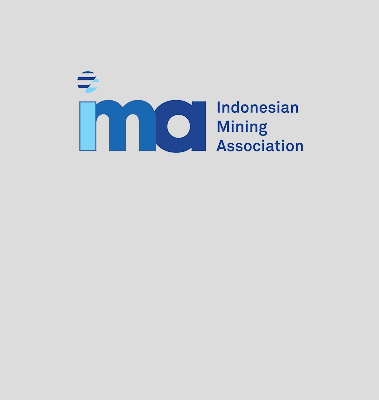South Africa is set to open its first new underground gold mine in 15 years – an increasingly rare event for a country that was once the world’s largest producer of the precious metal.
West Wits Mining Ltd. plans to start production next year at Qala Shallows on the western fringe of Johannesburg, a city founded during the gold rush that followed the discovery of the Witwatersrand reef in the 1880s. The Australia-listed company will mine ore during the three-year construction period to take advantage of sky-high bullion prices.
“We are really the only formal company trying to start a new mine” in South Africa’s gold industry, CEO Rudi Deysel said in an interview.
The $90 million investment by West Wits will yield a mine with a modest annual output of 70 000 ounces, but it’s a bright spot for the nation’s dwindling gold sector. After topping the global rankings for decades, South African production has slumped by more than 70% over the past 20 years as its deep, high-cost mines struggle to compete with other producing countries.
“The demise of South Africa’s gold industry is usually told as a kind of morality tale about bad domestic politics, but the crucial development was the worldwide expansion stimulated by soaring gold prices in the 1970s and 1980s,” said Duncan Money, a mining historian who studies the sector. This provided the option to mine gold elsewhere “without the enormous and expensive technical challenges,” he said.
South Africa’s gold industry now employs just under 90,000 people, less than a fifth of the number that used to power the apartheid economy during the 1980s. That contraction has come as higher wages and electricity prices combined with the difficulty of running the world’s deepest mines. The economic and social impact on the nation is magnified as every gold miner supports between five and 10 dependents, while creating two jobs elsewhere.
Qala Shallows will have a maximum depth of 850 meters (2,788 feet), far less than some South African mines that extract gold from more than 3 km beneath the surface.
Gold One Group Ltd.’s Modder East, which opened in 2009, and Burnstone, which operated briefly from 2010 and was subsequently bought by Sibanye Stillwater Ltd., were the last underground mines to enter production.
Other companies specialize in recovering gold from the numerous dumps of mining waste that litter the Witwatersrand Basin or want to restart abandoned underground operations.
Gold has enjoyed a record-breaking rally, with prices rising about 27% this year after a similar gain in 2024. That has revived international deal-making across the sector and spurred investment in new production.
“It was always good, but with these prices, where gold has gone, this project just became better and better,” said Deysel, whose company secured its mining rights from the South African government four years ago.
Contractors mobilized to the site in June as the project moved into the execution phase.
Qala Shallows – a previously untapped section of a concession that was closed in 2000 after operating for more than a century – is projected to generate $2.7 billion over its 17-year life, with costs of less than $1,300 an ounce, according to its feasibility study. Gold traded at about $3,340 an ounce as of 9:27 a.m. in London.
State-owned Industrial Development Corp. and commercial bank Absa Group Ltd. have agreed to lend West Wits about $50 million to construct the mine. It will send ore to a nearby processing facility owned by Sibanye.
“We don’t need to build a plant, we can utilize the capacity that’s available,” Deysel said. “So that’s a big tick.”


